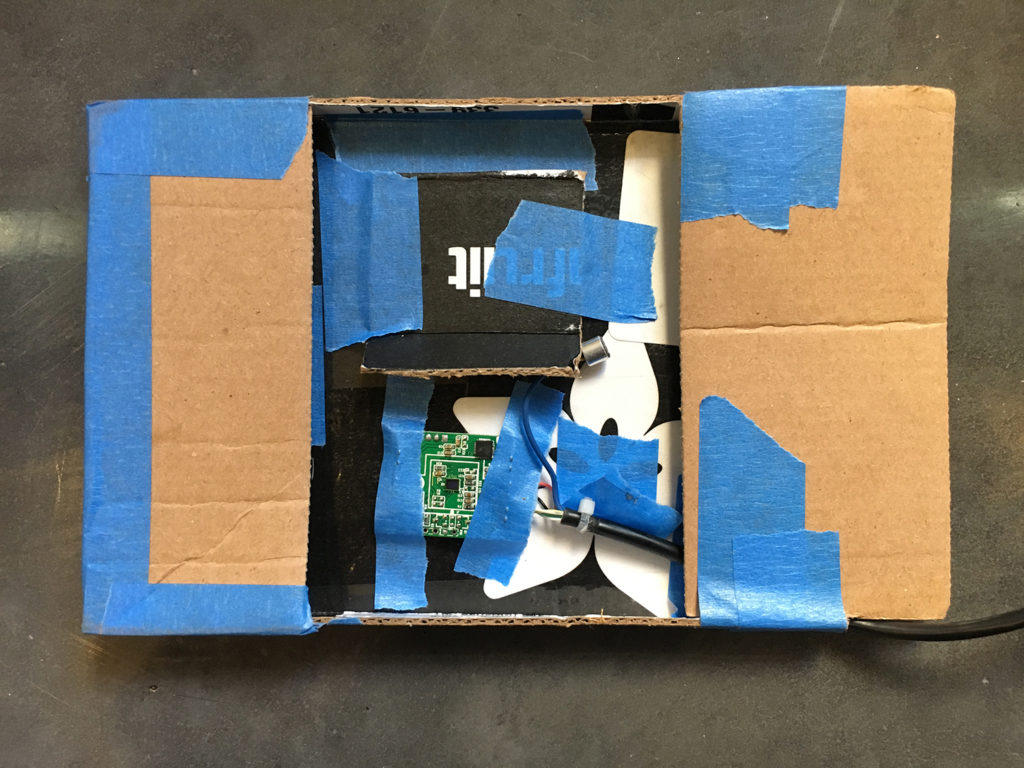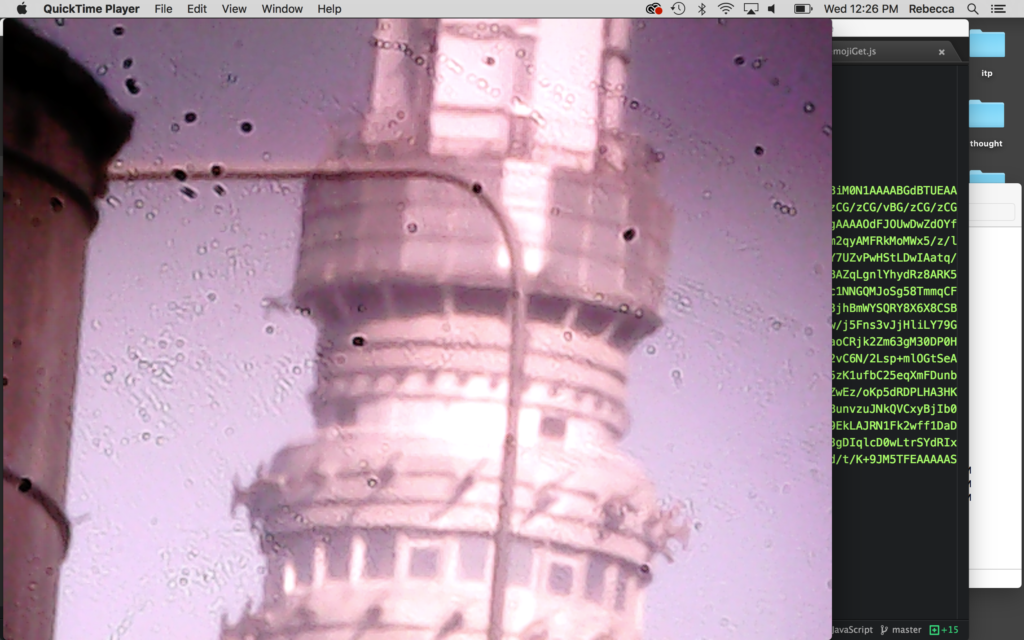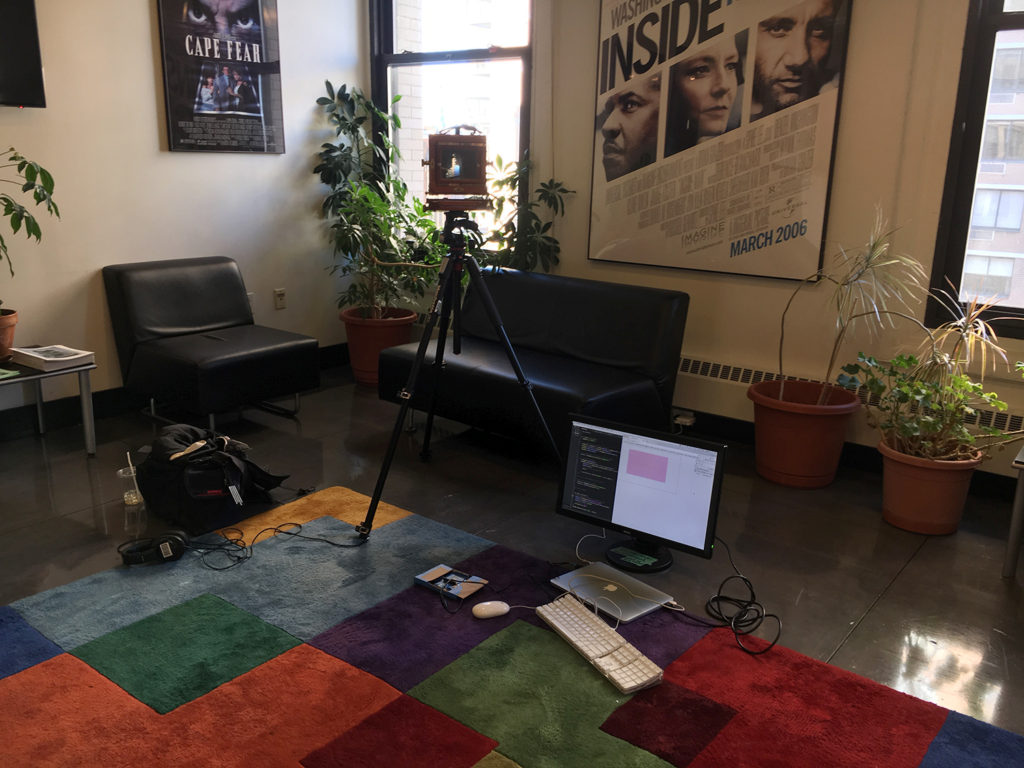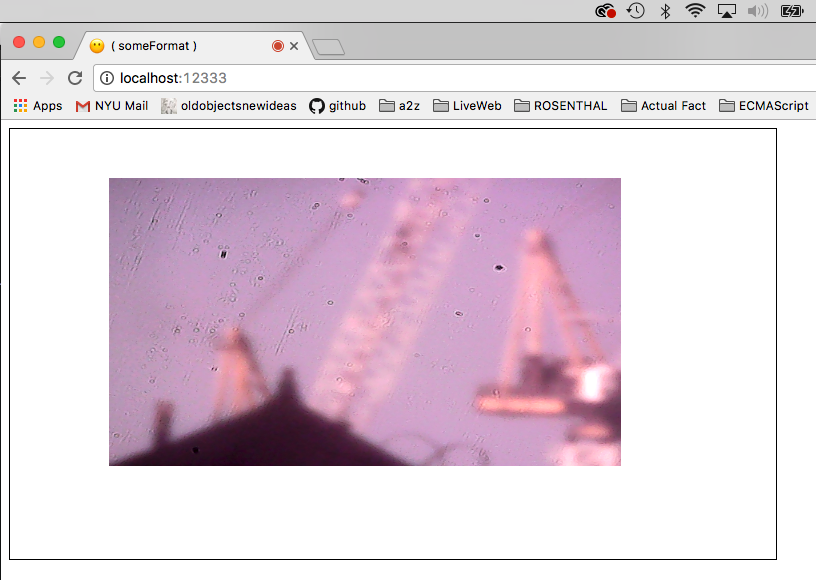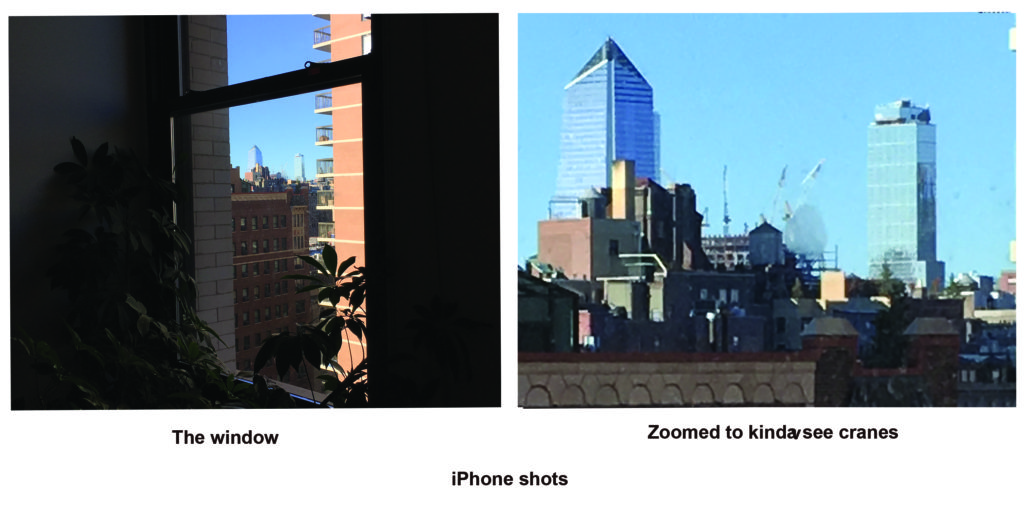The camera will prove to be the ancestor of all those apparatuses that are in the process of robotizing all aspects of our lives, from one’s most public acts to one’s innermost thoughts, feelings and desires. — Vilém Flusser, 1983.
The history of the United States is a technological one. Photography’s earliest proliferation coincided with the Civil War and gained its formal language as government funded exploratory expeditions expanding the rail roads (and land rights) to the Pacific. Images have been used to classify, quantify and construct a nation: its people as well as places. That information, became the barometer that continually justified incongruous practices and ideologies that have maintained power structures.
Three days ago, the iPhone turned a decade old as we enter a cultural landscape vastly different than the one we left behind in 2006. Connected devices allow us to take part in mass media in real time, from sharing a momentary thought to igniting societal change. By engaging with these tools, we are all journalists now – sharing our stories as we explore our world(s). And, as Diamond Reynolds taught us on July 6th of last year: while these technologies attempt to obfuscate the powers of societal production, they are also laying bare the realities.
Every photograph is in fact a means of testing, confirming and constructing a total view of reality. Hence the crucial role of photography in ideological struggle. Hence the necessity of our understanding a weapon which we can use and which can be used against us. – John Berger, 1974
The rate at which emergent technologies have changed contemporary society is astonishing and somewhat bewildering. Bewildering, for those old enough to remember a before, and bewildering for those young enough to assume the speed and weight of this communication is inhabitable (re: normal). If it is possible to use the first-person plural at all in a meaningful way, we no longer fully have a grasp on what is ours. A massive chasm has emerged and in it we have cast everything we once held most dear: our realtionships, our thoughts, ourselves.
Our homes and communities are no longer the locus of our private lives. A picture of a loved one on a desk was once the extent of personal information brought into the office as an intimate conversation was allocated to one of the few rooms of our home with a telephone. Our devices encourage us to bring our internal psychic and emotional space everywhere we go and provide the opportunity to broadcast that space everywhere we are not. Our preferences and interests were once observed by looking at our libraries (our books, CDs, VHS tapes, tool kits, etc.) but now we carry them around, informing platforms our momentary decisions.
Every individual is both consciously writing and naively generating a massive amount of information making their geographic location, likes, conversations and private actions available anytime and anywhere to telecom providers, search engines, social networks and other eager open ports. Tethered to our devices, our bodies are now the starting and vanishing point of mass surveillance and big data.
I’m not on the outside looking in. I’m not on the inside looking out. I’m in the dead ducking center looking around. — Kendrick Lamar & iOS Auto Correct
Over the second half of last semester, I became totally obsessed with 360 video streaming: trying to get the Rioch Theta to stream in WebVR. I got close, but ultimately failed because it was hard. But through all this I did circle back around to what I’m actually interested in: phones. The powerful computers we don’t think of as computers but carry around with us all the time. In my mind the Theta is basically a phone – a small powerful device with a camera on both sides of the sensor plane. It is a machine that suggests the possibility of 360 filmmaking but there are many other concepts implicit and technologies embedded in a mobile device. I think I got distracted by this damn VR zeitgeist. But that’s okay.

So instead, I made this: Channel 9, for Live Web and Actual Fact with Tahir Hemphill. Using the Hip Hop Data Base, I found all the Kendrick Lamar songs that had the word “camera” or “Channel 9,” somewhere in the lyrics. Channel 9 is the a local television station Lamar mentions often in his work and is also the Microsoft developers site, named after the channel airline pilots would allow passengers to listen in on cockpit conversations (We the Media, Dan Gilmore, p. 75).
The page automatically reloads if the lyric is longer than the window, and a new phrase is randomly selected. If you click the canvas, the text turns green and clicking the black lens icon will save the current state of the canvas to your local machine. The program is designed for mobile – using the accelerometer, if a viewer shakes their device the animation will stop and the words stand still. But because iOS doesn’t allow certain JavaScript functionality, the saveCanvas (or the “click” to take a picture) only works on Android or on a computer.

